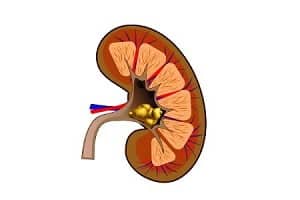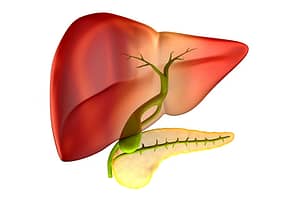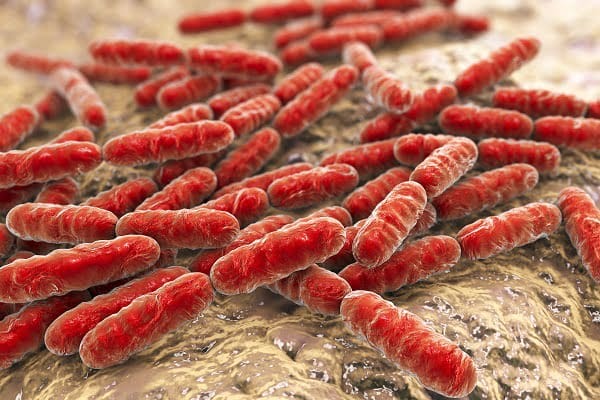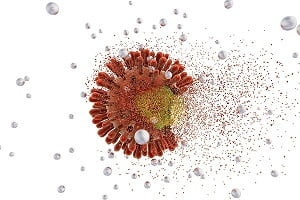Browsing: Sexual Health

Sexually transmitted diseases (STDs) are those infections or other kinds of diseases which pass from one individual to another through sexual contact. It is commonly referred as venereal diseases (VD). Some STDs can also spread through the use of non-sterilized needles used for drug intake, transferred from mother to her child during childbirth or breast-feeding and blood transfusions.
STDs usually involve transmission of microorganisms which reside in the skin or mucous membranes of male and female genitals. These infectious organisms are transferred through semen, vaginal secretions or blood during sexual intercourse. In severe cases, certain sexually transmitted infections can result in serious life-long problems such as infertility and issues in newborns such as blindness, developmental disabilities, and bone deformities and in some cases death of the child.
The World Health Organization (WHO) reported incidence of more than 1 million new STD cases, each day globally. People belonging to age group of 15-24 years have indicated incidence of about half of the new STDs cases. STDs have affected females more than males.
Common STDs include chlamydia, chancroid, crabs, genital herpes, genital warts, hepatitis B, human immunodeficiency virus (HIV), human papillomavirus (HPV), syphilis, gonorrhea and trichomoniasis.
How to Know if Erectile Dysfunction is Physical or Psychological?
There are some ways to identify if your erectile dysfunction (ED) has occurred due to a physical or psychological cause. It involves a simple test which can be performed at home using stamp rolls. It is based upon the process of nocturnal penile tumescence. The cause of ED helps us analyze the most suitable treatment option for curing impotence.
What is an HSV 2 Outbreak? How often do HSV 2 outbreaks occur?
Most of the individuals infected with HSV don’t have any symptoms or experience very mild symptoms that go unnoticed or sometimes are mistaken for another skin condition. In case of appearance of the symptoms, herpes lesions typically appear as one or more vesicles, or small classical blisters, on or around the genitals, rectum or mouth.
Herpes simplex viruses are very common, host-adapted pathogens that cause a wide variety of disease conditions. There are two different types of herpes viruses: herpes simplex virus type 1 (HSV-1) and herpes simplex virus type 2 (HSV-2). Both are closely related but differ in epidemiology. HSV-1 is more commonly associated with orofacial disease.
Several studies have indicated that specific classes of drugs which are used for treating certain disorders or diseases have eventually produced side-effects. One common side-effect is erectile dysfunction (ED). These drugs influence the hormonal levels, nerve activity or blood circulation in the body, leading to an increased risk of impotence.
Hemorrhoids May Cause Erectile Dysfunction, A Recent Study Finds
Researchers reported that men have a higher risk of erectile dysfunction, if they had suffered from hemorrhoids before. The study was conducted in Taiwan using the Longitudinal Health Insurance Database 2000, a nationwide population-based dataset in Taiwan.








